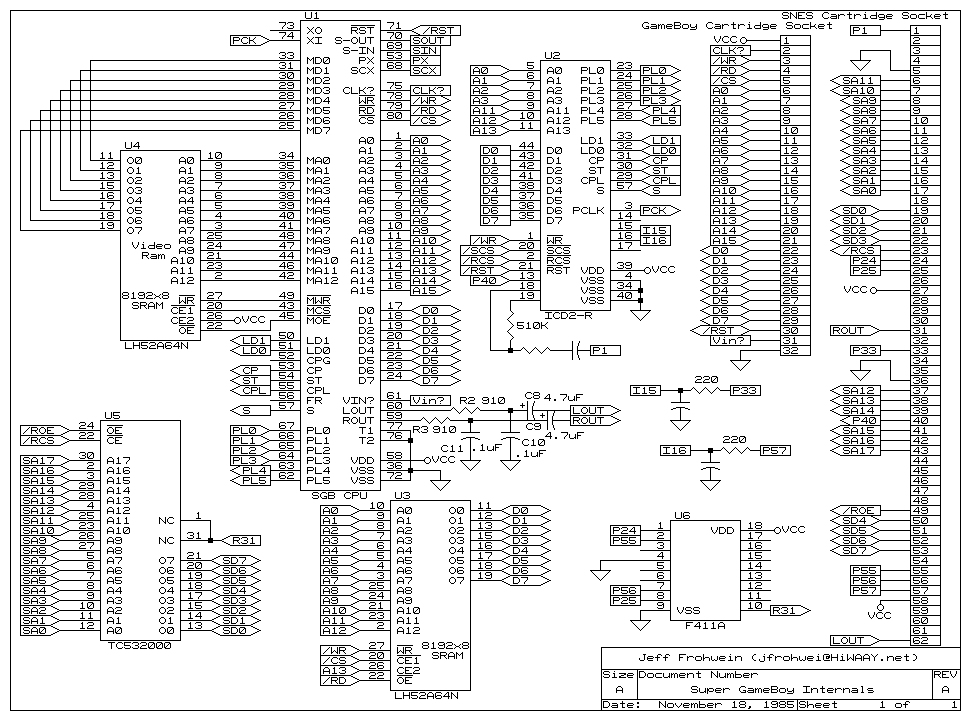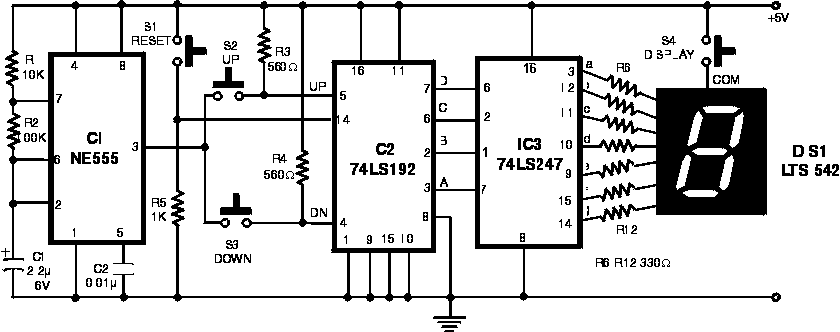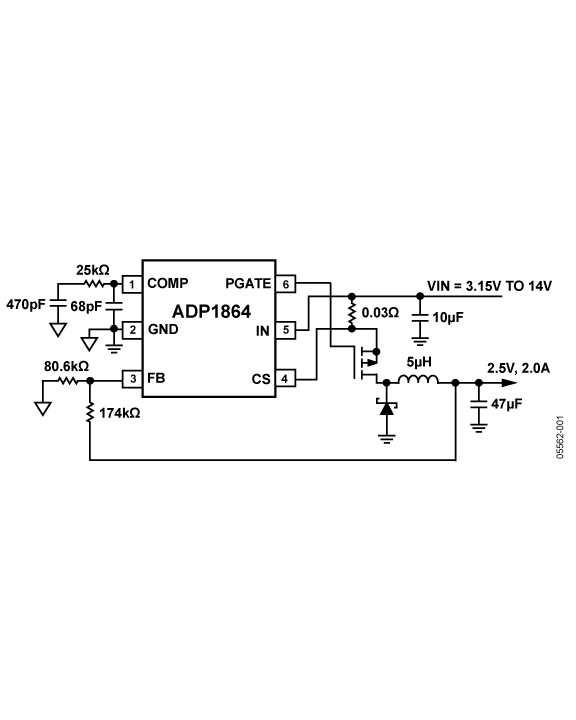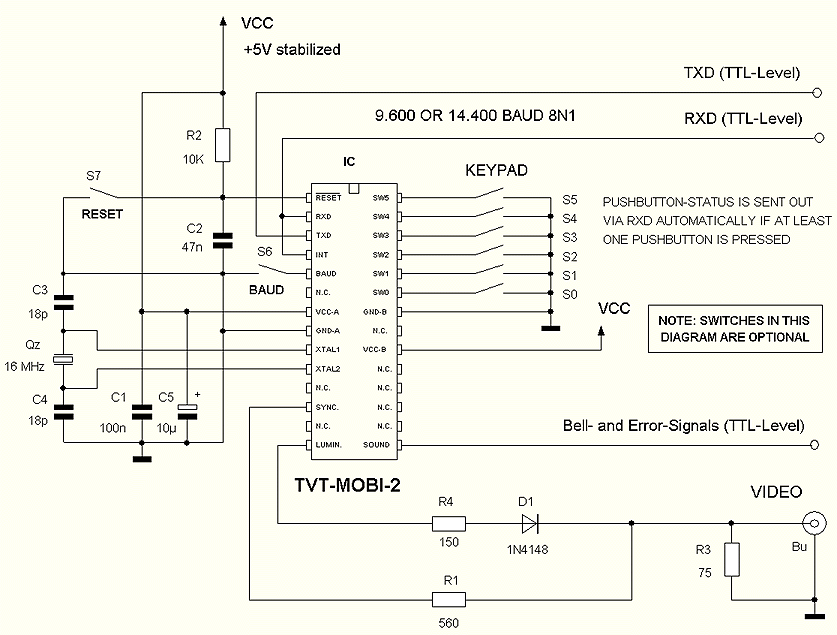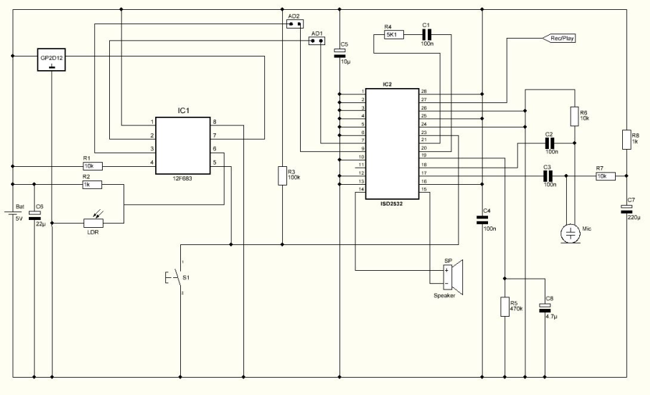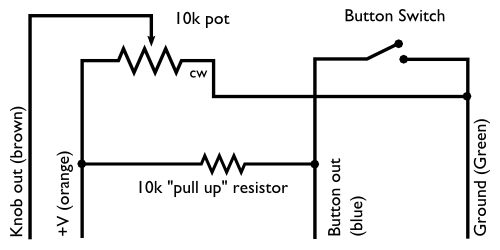
classic game controllers with a wii
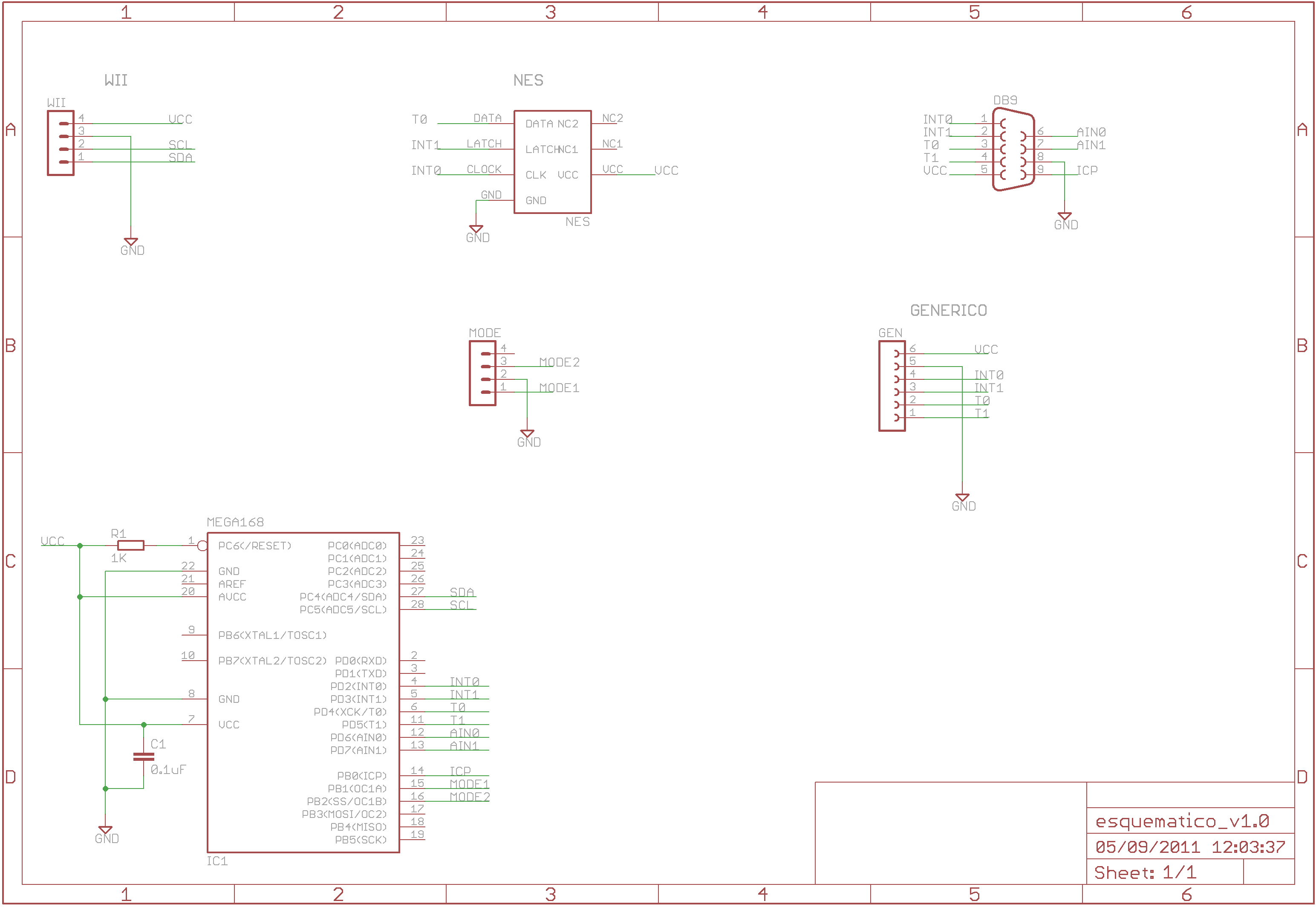
The Wii RetroPad Adapter allows the use of PlayStation 2, Genesis, NES, and SNES controllers with the Wii console.
The Wii RetroPad Adapter is a versatile accessory designed to enhance the gaming experience by enabling compatibility between multiple classic gaming controllers and the Wii console. This adapter serves as a bridge, allowing users to connect PlayStation 2, Sega Genesis, Nintendo Entertainment System (NES), and Super Nintendo Entertainment System (SNES) controllers to the Wii, thus providing a nostalgic gaming experience with familiar control layouts.
The adapter typically features multiple input ports corresponding to the different controller types, ensuring that each can be easily plugged in and recognized by the Wii system. Internally, the adapter contains a microcontroller that translates the signals from the various controllers into a format that the Wii can understand. This allows for seamless gameplay without the need for additional software or complex setup procedures.
The design of the adapter is compact and user-friendly, often resembling a small hub that connects to the Wii console via a standard USB or proprietary port. Indicators such as LED lights may be included to show the status of the connection and the active controller. Additionally, the adapter may support features such as button remapping or turbo functions, enhancing the customization options for players.
Overall, the Wii RetroPad Adapter not only broadens the range of compatible controllers for the Wii but also appeals to retro gaming enthusiasts looking to relive classic titles with their preferred controllers.Wii RetroPad Adapter was sent into the tip line, and we`re loving the possibility of using Playstation 2, Genesis, NES and SNES controllers with our Wii.. 🔗 External reference
The Wii RetroPad Adapter is a versatile accessory designed to enhance the gaming experience by enabling compatibility between multiple classic gaming controllers and the Wii console. This adapter serves as a bridge, allowing users to connect PlayStation 2, Sega Genesis, Nintendo Entertainment System (NES), and Super Nintendo Entertainment System (SNES) controllers to the Wii, thus providing a nostalgic gaming experience with familiar control layouts.
The adapter typically features multiple input ports corresponding to the different controller types, ensuring that each can be easily plugged in and recognized by the Wii system. Internally, the adapter contains a microcontroller that translates the signals from the various controllers into a format that the Wii can understand. This allows for seamless gameplay without the need for additional software or complex setup procedures.
The design of the adapter is compact and user-friendly, often resembling a small hub that connects to the Wii console via a standard USB or proprietary port. Indicators such as LED lights may be included to show the status of the connection and the active controller. Additionally, the adapter may support features such as button remapping or turbo functions, enhancing the customization options for players.
Overall, the Wii RetroPad Adapter not only broadens the range of compatible controllers for the Wii but also appeals to retro gaming enthusiasts looking to relive classic titles with their preferred controllers.Wii RetroPad Adapter was sent into the tip line, and we`re loving the possibility of using Playstation 2, Genesis, NES and SNES controllers with our Wii.. 🔗 External reference
